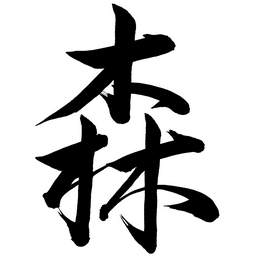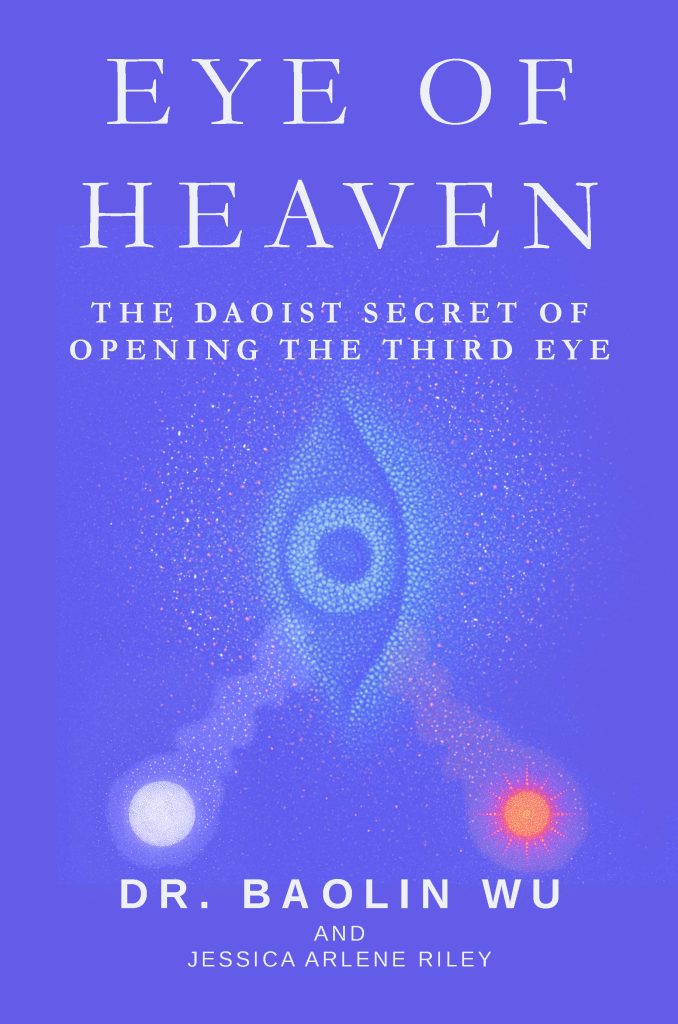The Daoist Secret of Opening the Third Eye
by
Dr. Baolin Wu & Jessica Arlene Riley
Dr. Baolin Wu, a living Daoist master, reveals for the first time, the secret method of opening the third eye. Passed down in an 800-year-old oral tradition, this book details visualizations, meditations, and qigong movements that have been carefully guarded at the White Cloud Monastery for seventeen generations. Daoists refer to the third eye as the Heavenly Eye, due to its ability to open the mind to a higher level of perception. Once activated, it opens psychic abilities, enhances intuition, and inspires divine creativity, allowing adepts to distinguish truth from deception, perceive realms beyond ordinary time and space, and receive deep insights about ultimate destiny. These sacred self-cultivation practices harness the yin essence of the moon, matching the lunar cycles of the ancient Chinese calendar while also working with opening the joints and arteries of the body, detailed here in the qigong form known as Five Centers Facing Heaven. The book provides both theory and practice instructions, supporting the quest to restore the mind, rejuvenate the body, and awaken the innate power of spirit.
Paperback $27.95 plus S & H; PREPUBLICATION SPECIAL US $22, plus S & H
PDF file $20.00, sent via email attachment within 24 hours
The Authors
Dr. Wu Baolin is a senior master of Daoist taijiquan, Chinese medicine, and qi cultivation. Born in China, he now heals and teaches in Santa Monica, widely recognized as an authority in Chinese medicine and the martial arts. He is also the author of Dog Mother (Three Pines Press, 2022), and various other works on qigong, longevity, and health.
Jessica Arlene Riley was born and raised in the San Francisco Bay Area. She has been studying qigong, Daoism, and traditional Chinese medicine under Dr. Baolin Wu for the past ten years.
Endorsements
This book fundamentally changed how I live my life for the better. Dr. Wu offers a rare and profound transmission of ancient wisdom for the modern world. Through clear explanations of Daoist principles, this book illuminates the process of awakening the Third Eye as a practical pathway to expanded perception and consciousness. Dr. Wu’s teachings bridge the spiritual and the scientific in ways I had yet to understand until now. I believe it is something all of humanity needs to read at this time.
—Megan Botel, Journalist and Creative Producer, LA Times Studios; Co-Founder, Resonate Studio
This work reveals long-guarded Daoist secrets for awakening the Heavenly Eye, a gateway to expanded perception and intuition. Rooted in centuries of living tradition, it offers clear methods of visualization, meditation, and Qigong practice, including the Five Centers Facing Heaven. Through harmony with lunar cycles and cultivation of inner essence, the reader learns to restore the mind, rejuvenate the body, and awaken the spirit.
—Firdosi Wharton-Ali, Professor of Screenwriting, Anaheim University; Instructor, PA College
Contents
Preface: Reincarnated Soul Boy
Introduction- The Cultivation of Clairvoyance
1. A Journey to the West: The Origins of the White Cloud Monastery
2. The Heavenly Eye: An Ancient Organ of Omniscience
3. The Spirit Seed: Our Destiny in the Daoist Cosmos
4. The Rainbow Body: Immortal Transformation to Heaven
5. The Moon: Our Heavenly Mother
6. Warm Up Exercises: The Thirteen Points of Relaxation Qigong
7. The Talisman Rotations: Opening the Heavenly Eye
8. The Five Centers Facing Heaven: Harnessing the Yin Essence
9. The Central Meridian: Awakening the Kundalini

